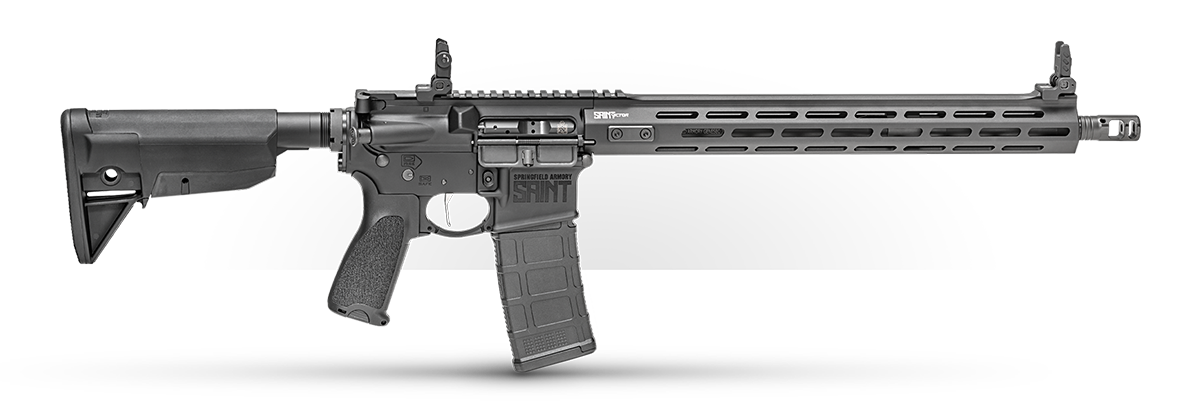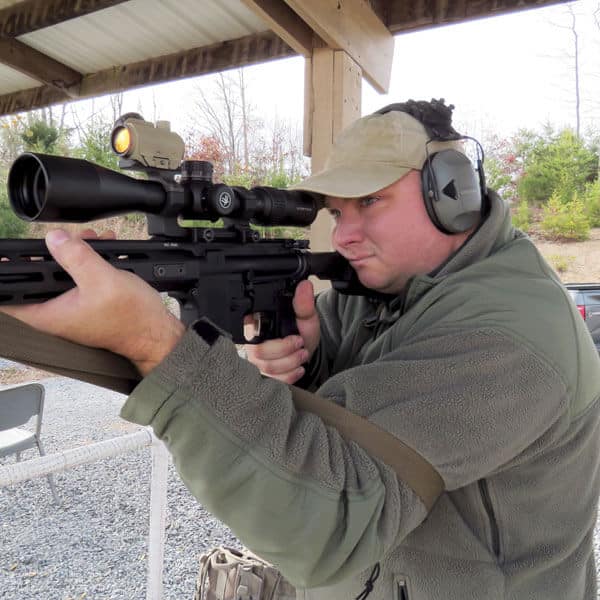How to Set Up and Use Your Bolt-Action Rifle Sling
July 14th, 2023
6 minute read
Let’s talk about bolt-action rifles and their slings. Many times at classes and competitions, I’ve noticed that shooters simply took the sling off their AR-15 and used it with their bolt gun. Depending on the circumstances that’s perfectly fine as there are slings specifically designed for precision shooting that can bring a lot to the table. So, I’m going to approach this subject from the perspective of “that’s okay, but this is better”.
The “OK” Solution
A two-point sling taken off an AR and used on a bolt gun is probably going to be an acceptable solution for most situations. I tried it by taking my sling off the SAINT Victor and attaching it to the Model 2020 Waypoint, and by coincidence the length of the sling was just right.
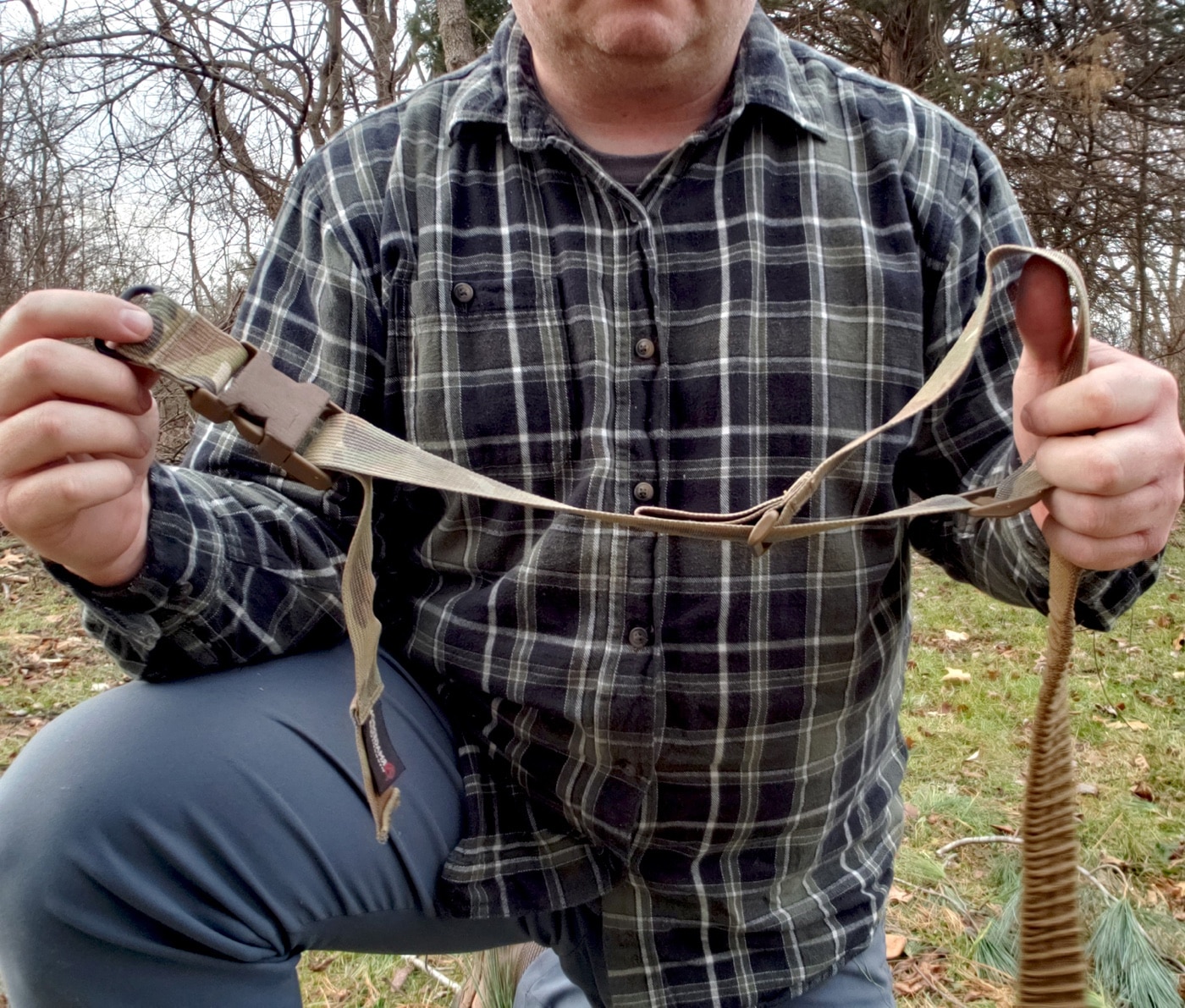
This won’t always be the case and, while it’s unlikely I would carry the Waypoint like an AR, I could use the same methodology to make the carbine sling work. The body mechanics are largely the same and I want the sling to pull tension across my back to help anchor the rifle in my shoulder and use bone support to steady my shot.
A Better Solution
When it comes to being as stable as possible with a sling, I find AR slings to be lacking with heavier bolt guns or precision rifles. I like to have a sling that is still easily adjusted with one hand and uses some sort of quick disconnect feature, but is also wider than a typical AR sling. The adjustability makes it easier to compensate for different shooting positions or clothing items being worn.
In years gone by, dedicated precision rifle slings took some trial and error to get set up and even then were only good for use in one or two positions. I also want it to have a shooter’s loop that I can pass my arm through and cinch down to help get it even more stable. For me personally, using the shooter’s loop stabilizes the rifle much better than if I was just using the sling pulling tension across my back.
Looping Up
Sadly, learning to loop up in a sling is a dying art outside of specific shooting disciplines, but it’s a worthwhile skill to pick up in my opinion. The Waypoint has sling attachment points on both sides of the stock and the bottom if you add an M-LOK QD mount.
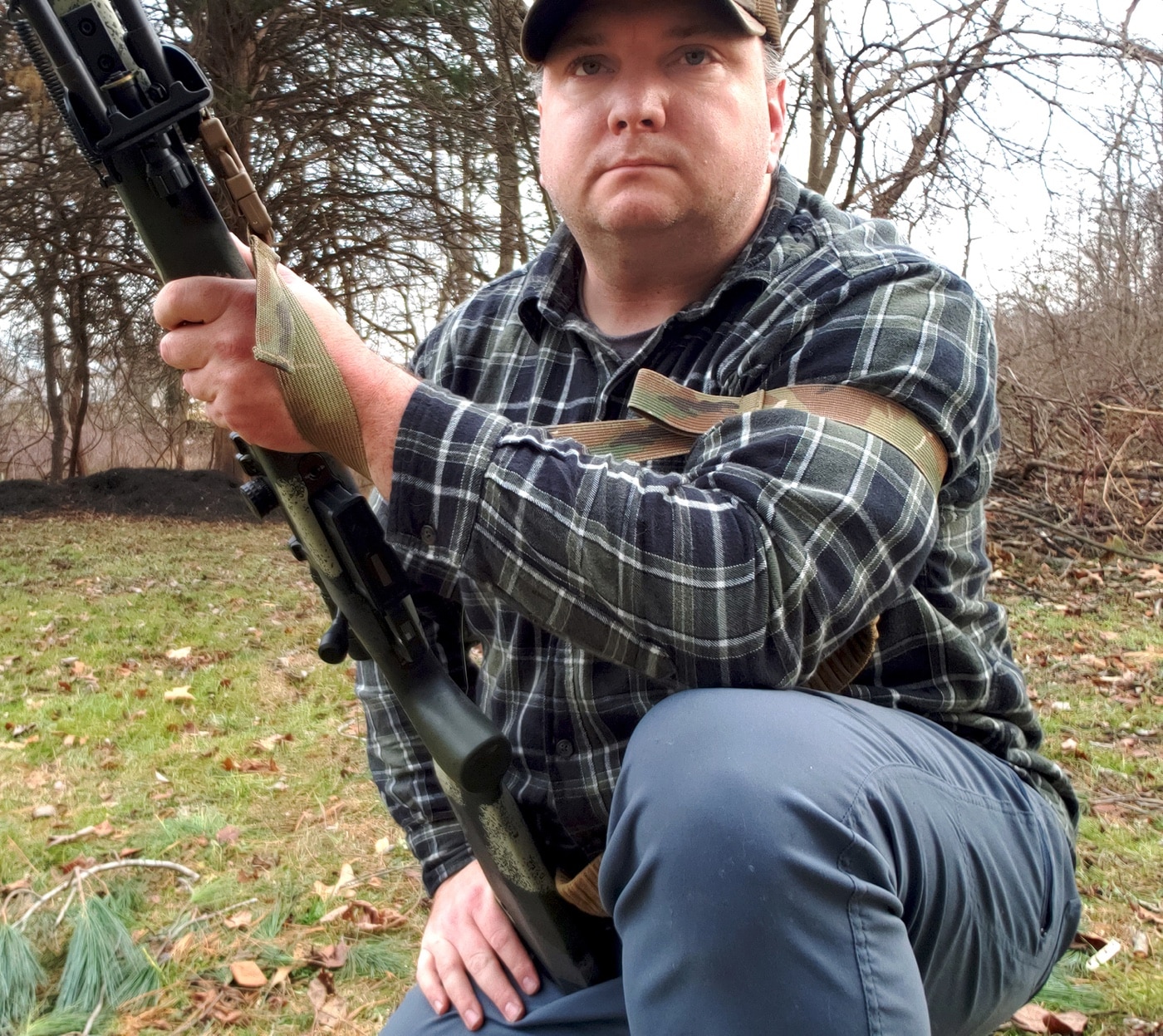
If you’re a right-handed shooter and the front is connected on the left side or the bottom of the stock, the sling needs an outward twist before passing your arm through the sling loop. This is so the sling runs flat across the hand; otherwise it will have a twist in it. If the sling is connected to the right side of the stock, then it’s not necessary to give the sling any twist, just pass the arm through the loop.
Get the sling as high up on the bicep as possible and then tighten the loop. Some slings tighten automatically as you push the gun outwards, some slings require a keeper to be slid down — it just depends on the design. The added width of the sling is more comfortable around the arm and back of the hand in my experience.
Adjust the tension to the point where it takes a little effort to get the rifle into the pocket of the shoulder. I know I have good sling tension when I can let go of the grip and the rifle stays in place without input from my muscles.
Shooting With the Sling
Prone: You can loop up to shoot from a prone position, but most modern long-range rifles have a bipod so it’s not usually necessary. A sling can be helpful in those instances where you may have forgotten your rear bag, because I’m sure most shooters have done that at one time or another. It’s a simple technique.
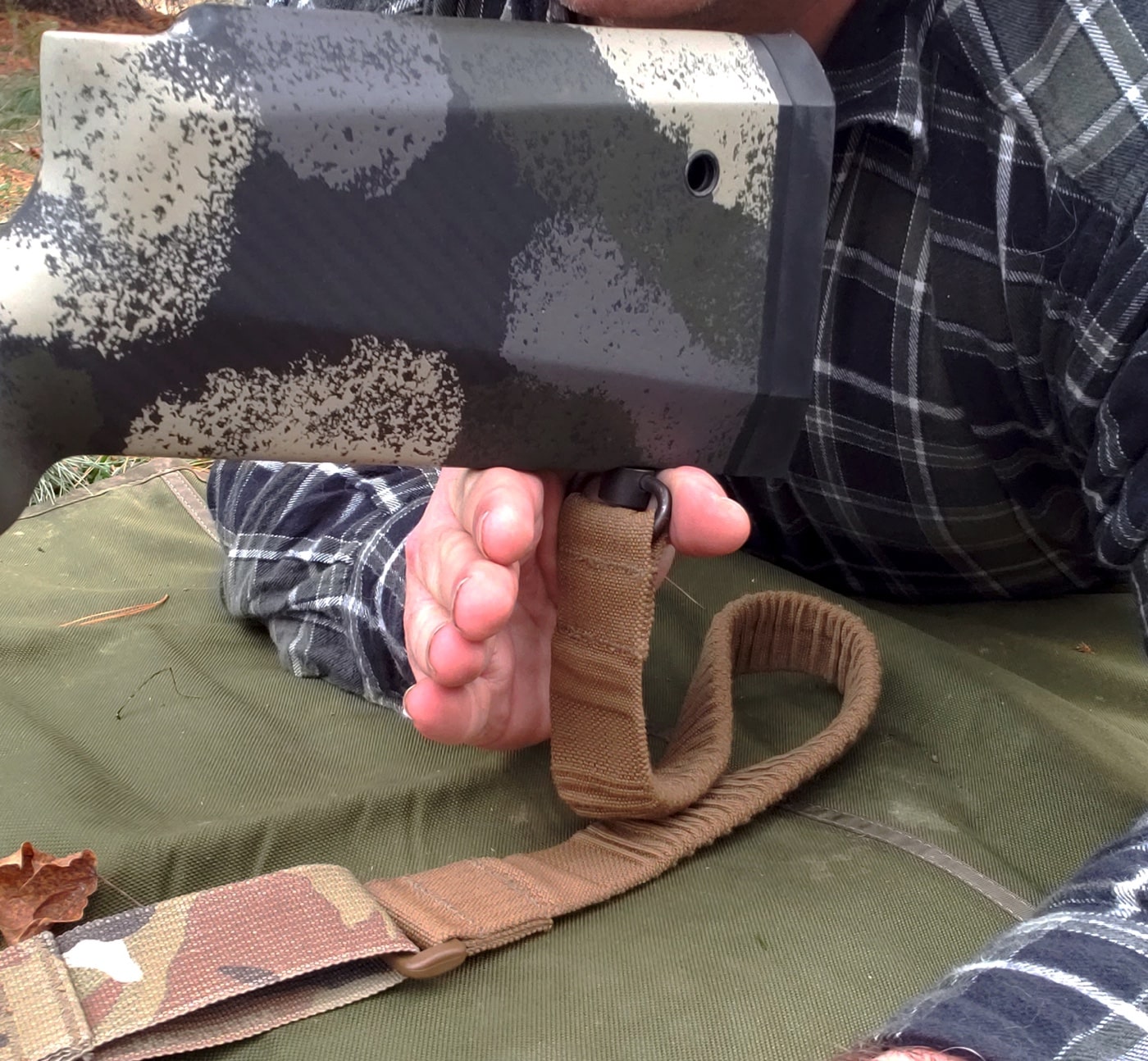
Grab the sling at the rear connection point and hold it firmly so that the stock rests in the “V” formed between your thumb and fingers. Gripping the sling helps anchor the stock to my hand and for me, it’s better than having no bag at all.
Sitting: When using the shooter’s loop the sitting position can be very stable, and there are variations on this position depending on the situation and your flexibility. If the terrain is pretty flat and I need to go into a sitting position, I like to use a crossed ankles position.
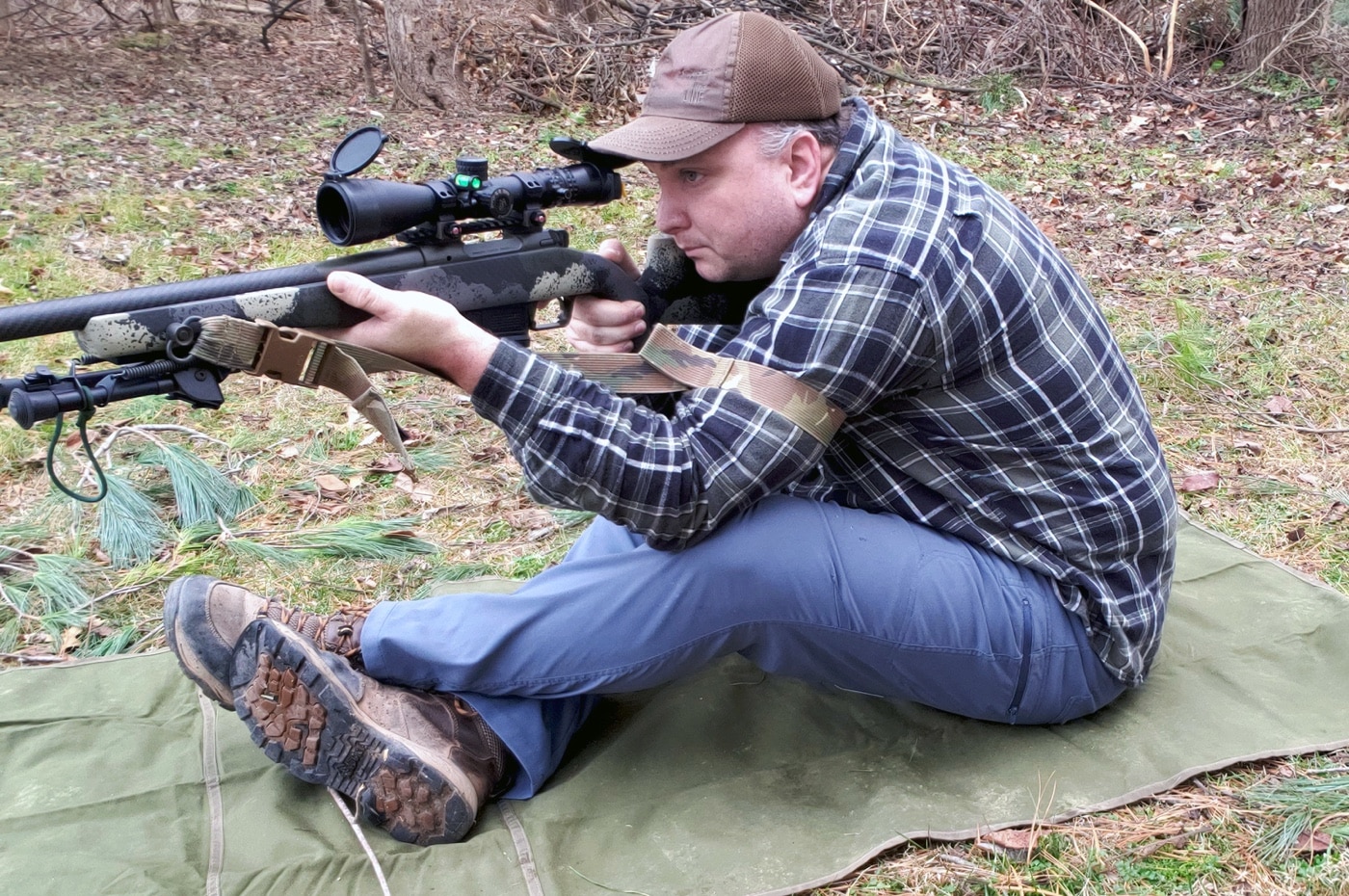
This position gets me low and allows me to get my support-side elbow forward of my knee for good bone support. For some extra stability, I’ll put my rear bag under my right leg to take up some of the dead space between it and the ground.
In rolling terrain where I may have to shoot uphill or downhill, I’ve found that an open-legged sitting position works pretty well. The legs are spread about shoulder width apart and the elbows are either rested against the inside of the knees or forward of them to get bone support.
Tripod Shooting
Tripods have become popular tools for the long-range hunter and marksman, while probably also contributing in part to the decline of the sling being used as a shooting aid. The sling can be a supplemental accessory that makes shooting off of a tripod more stable from most positions.
One technique is to wrap the sling around the tripod leg opposite the front attachment point at least two times. When I’m in position, I can use my support hand to twist the sling tighter around the leg and suck the gun down into the tripod. This helps to reduce my wobble zone and be very stable, even for a standing shot.
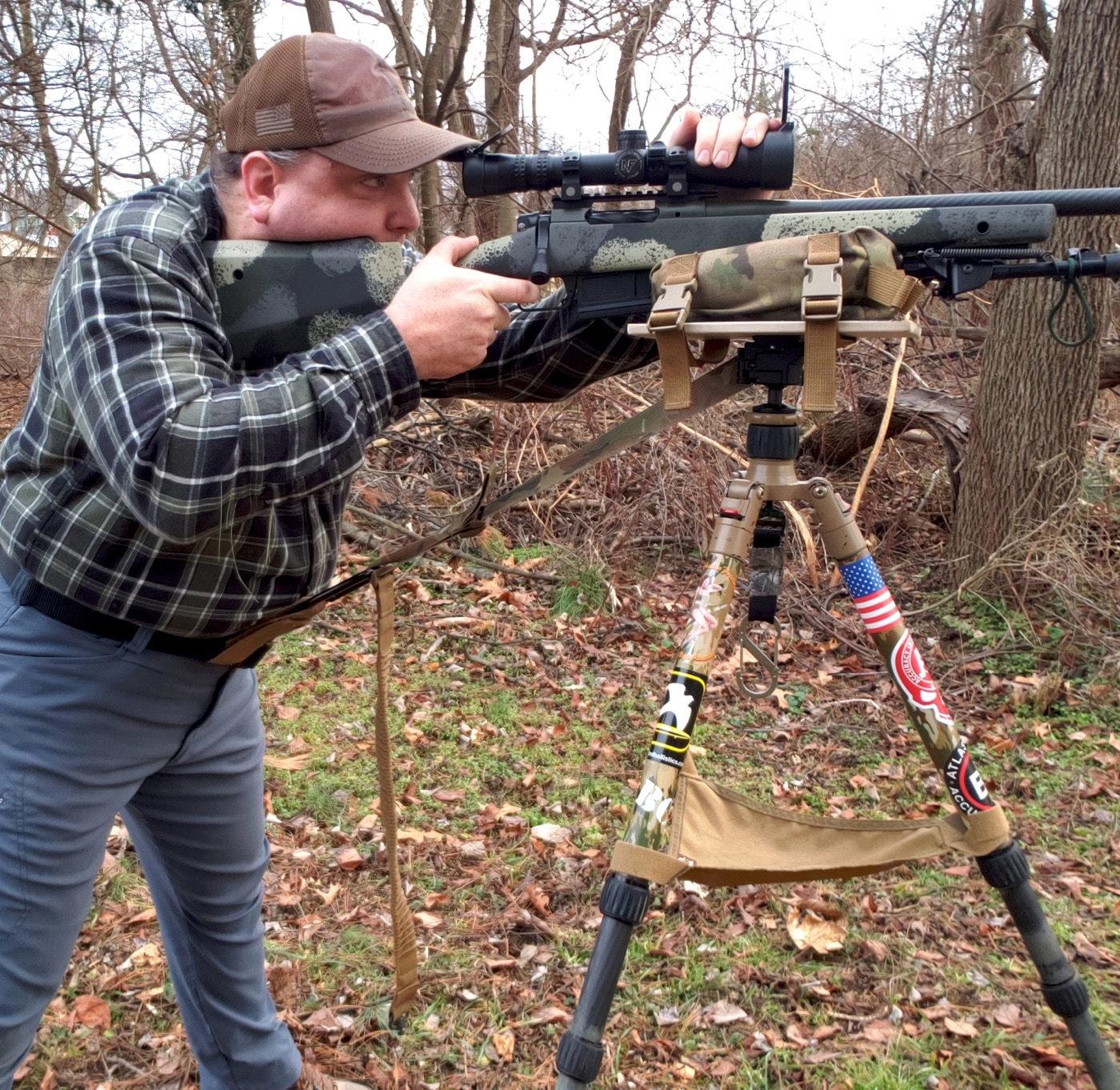
This next technique will depend on how far the loop portion can be run out, but if the loop can extend from the front connection back to the recoil pad, it’s probably long enough. Take a climbing-style carabiner and attach it to the belt, not the belt loop as it’s not strong enough. I used a Velcro strap from an Armageddon Gear bag to do this, but even 550 cord will work.
Clip into the loop on the sling and squat a little to pull the gun down, tightening the sling as necessary. I’ve found this method also works well in situations where the gun needs to be at a weird height that wouldn’t allow for normal sitting, kneeling or standing shooting position.
Basically, my weight is partially supported by the rifle since I’m connected via the sling, which can take some of the stress off my legs as I crouch, while also sucking the gun down into the front support. It’s not for every occasion, but I have been successful in hitting small pepper poppers at long distance using this method.
Storing the Sling
Just like with an AR-15, there are times when you want to keep the sling attached to the rifle but need to keep it tidy so it doesn’t snag on everything. The easiest way is to S-fold the sling, using a rubber band to hold it together, and finally tightening the sling so it stays tucked into the rifle. Just like with the AR, the rifle is still usable and the sling is ready for use with a quick tug.
Closing Thoughts
The sling is a traditional tool and, like many traditions of late, they seem to be going by the wayside for more modern solutions. That doesn’t mean the sling has become antiquated; it still has a lot of value for those that choose to maximize its utility and potentially lead them to be better shooters.
The techniques I’ve discussed in this article are somewhat universal; they’ll work with everything from historical military rifles or modern-day sporting rifles. I encourage all shooters to learn how to shoot with a sling and even if you only need to use it once to make a shot, it would’ve been worth it.
Editor’s Note: Please be sure to check out The Armory Life Forum, where you can comment about our daily articles, as well as just talk guns and gear. Click the “Go To Forum Thread” link below to jump in!
Join the Discussion
Featured in this article
Continue Reading
Did you enjoy this article?

 57
57





